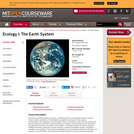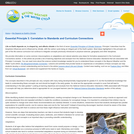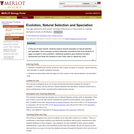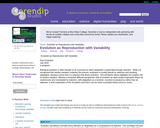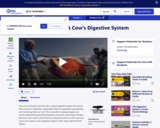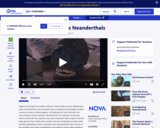
As part of the University of Nottingham, School of Biology's 200 years of Darwin celebrations,
evolutionary geneticist Professor John Brookfield in full Victorian attire delivered a talk, as Darwin, on the theory of evolution via natural selection.
In this video Professor John Brookfield is interviewed about his experience of being Darwin for a day
Interview took place March 2009
Suitable for Undergraduate study and community education
Professor John Brookfield, Professor of Evolutionary Genetics, School of Biology
Professor John Brookfield has a BA in Zoology, University of Oxford 1976; PhD in Population Genetics, University of London 1980; He has worked as a Research Demonstrator in Genetics, University College of Swansea 1979-1981; Visiting Fellow, Laboratory of Genetics, The National Institute of Environmental Health Sciences, North Carolina 1981-1983; Lecturer in Genetics, University of Leicester 1983-1986; Lecturer (1987), Reader (1997) and Professor of Evolutionary Genetics (2004) University of Nottingham. He was Managing Editor, Heredity (2000-2003). Vice-President (External Affairs), Genetics Society 2008-, Appointed Fellow of the Institute of Biology, 2009. Member RAE Biological Sciences Panel and Sub-Panel, 2001 and 2008.
- Subject:
- Applied Science
- Material Type:
- Lecture
- Provider:
- University of Nottingham
- Author:
- Professor John Brookfield
- Date Added:
- 03/21/2017




